Description
Miscanthus sinensis ‘Adagio’
(Eulalia ) This is one of the shortest of the Miscanthus, forming a plant that resembles a small Pampas grass more than the arching columns of some of the more usual taller forms. The leaves arch right from the ground into a green hummock 1m tall which is topped by feathery creamy-white flowering spikes. In WInter the leaves turn a pleasant straw yellow and persist for some while.Miscanthus are native to damp meadows even to marshland in some cases. They are valued for forming stout tall vertical accents towards the back of the border, topped in late summer onwards by bold feathery inflorescences that cut well. They dislike cold wet feet in Winter Ithey come form warmer climates with drier Winters and wetter Summers) and so are best planted and divided in Spring so that they can root well before the Winter comes. Be careful handling Miscanthus as the saw edged leaves of mature plants can cause nasty cuts. Interestingly grasses are able to take up and metabolise silica from the soil and it is this that some species deposit in the marginal teeth and the reason they are so tough and sharp.
All grasses fall into one of two categories, the cool season grasses and the warm season grasses. This refers to the time at which they are in active growth and is a reflection of their underlying biology. It makes a difference to the gardener in that it points to the time of year when it best to propagate and plant your grass. It is most relevant to the warm season grasses which are in active growth only from later in Spring through Summer and particularly resent being split outside of their active growing season. Warm season grasses include Hakonechloa, Imperata, Miscanthus, Panicum and Pennisetum. Cool season grasses include Calamagrostis, Carex, Deschampsia, Festuca, Hordeum and Molinia.
The Cool season grasses are more correctly the C3 grasses, reflecting the fact that they fix carbon from the atmosphere into an initial 3 carbon molecule. This is the metabolic pathway that was earliest to develop and is used by most plants. It uses light to combine Carbon Dioxide and Water with ribulose bisphosphate (a 5 carbon compound) to form 2 molecules of 3-phosphoglycerate, a 3 carbon molecule. It works best under cooler condition but has the disadvantage that the enzyme that moderates the reaction also wastefully combines some Oxygen instead of Carbon Dioxide.
In a later development, the C4 pathway evolved in grasses in warmer climates. They still posses the C3 pathway but also use a method of combining ribulose bisphosphate into a 4 carbon product. This, however requires higher concentrations of Carbon Dioxide which the plants achieve by concentrating it in specialised structures called Krantz Anatomy. This process can fix more carbon from the atmosphere but requires additional energy to concentrate the Carbon Dioxide. Hence it is only possible in warmer conditions.
For those interested, these pathways are 2 of only 3 pathways used to fix carbon from the atmosphere into biomass and hence the turn the Sun’s energy into the overwhelming majority of food on Earth. (There is a minor amount of biomass created through chemical degradation of sulphur compounds around deep sea vents). The 3rd method of Carbon fixing is CAM or Crassulaceous Acid Metabolism which is described under the entry on Sedums. It is method that allows Carbon trapping under much drier conditions.

















































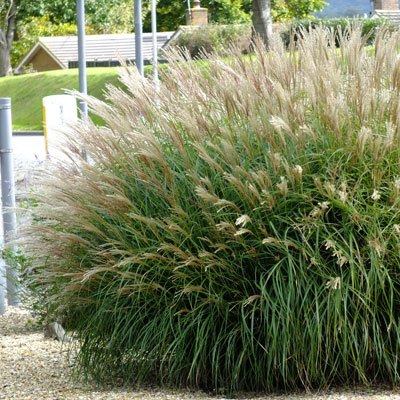


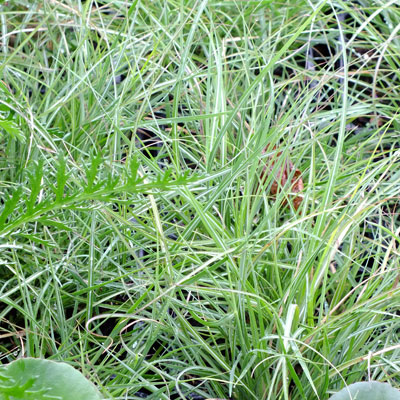
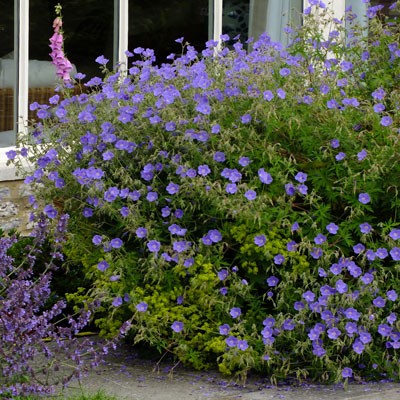

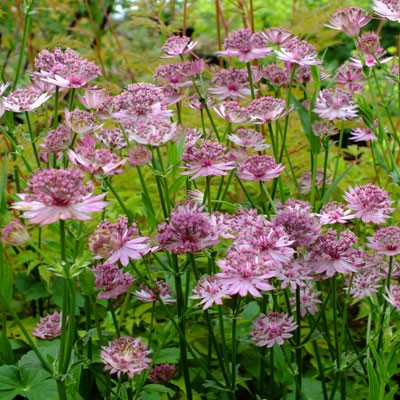
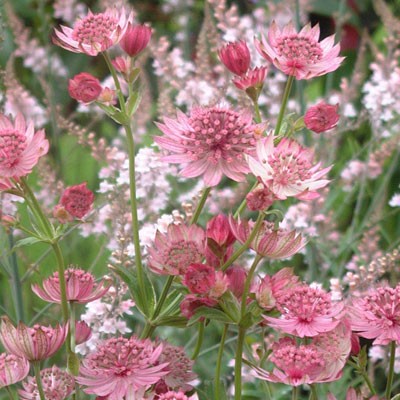
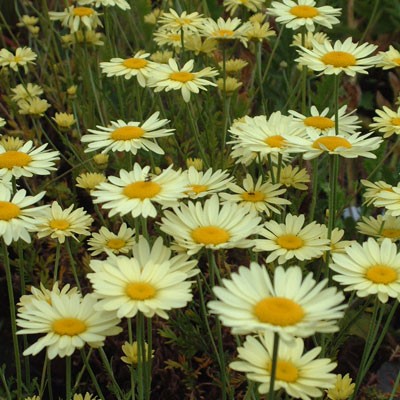
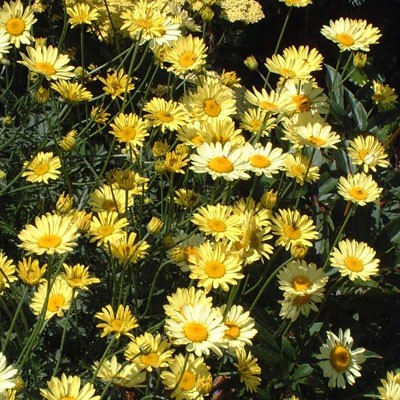


Reviews
There are no reviews yet.